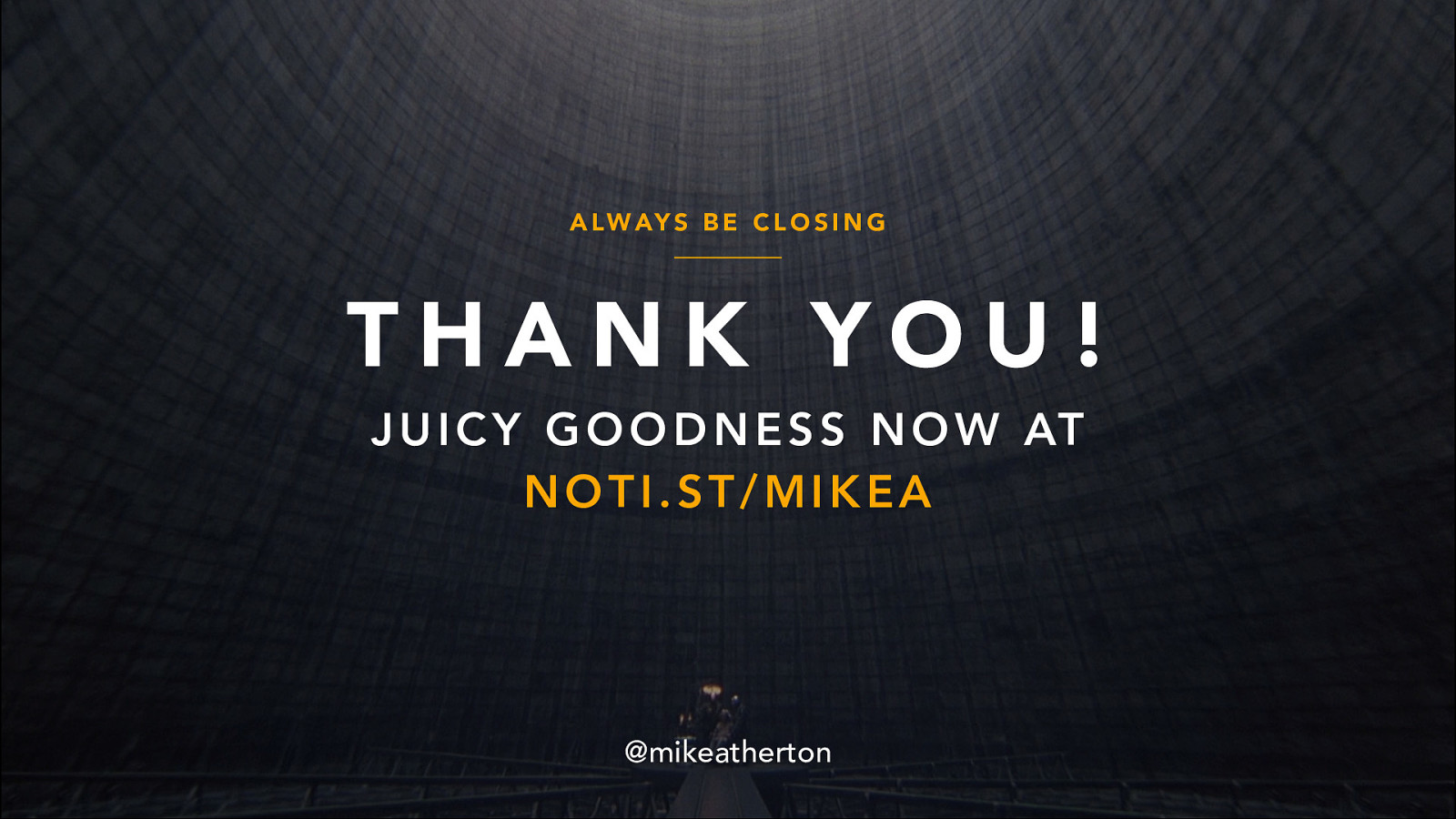Content Strategy in the Spaces Between
Like many of you, I started out as a child. Unlike many of you, this was in the 80s, when the world was different.
No web. No email. No Facebook. No cellphones. Even phoning internationally from a landline was something you got dressed up for. For a kid growing up in the north of England, the world was not the global village it is today. But I was into comic books, and through them I got my first glimpse of America.



































































